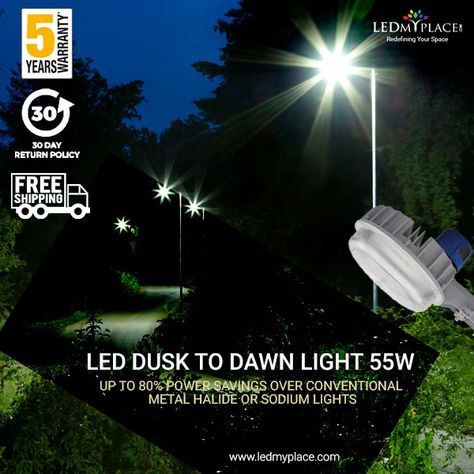High pressure sodium vs led what s the difference between high pressure sodium and led lights both metal halide and high pressure sodium bulbs are part of the hid family of bulbs.
Low pressure sodium lights vs high pressure sodium lights.
High pressure sodium lamps contain mercury and sodium.
They utilize a ballast and starter to provide a high voltage starting pulse.
These lamps usually require between 2 500 and 5 000 volts to start the lamp.
High pressure sodium lights work by creating an electric arc through vaporized sodium metal while additional materials and gases work to start the lamp and control the its color.
Led vs high pressure sodium what are high pressure sodium lights.
Here we will try and understand what each of these lights actually provide the users with and.
Because of their mercury content neither type of lamp is particularly good for the environment.
Parking lot lighting options we get many phone calls from business owners needing our assistance with fixing and or replacing their high pressure sodium light bulbs for parking lot lights.
They also produce more lumens per watt.
The lights require up to 10 minutes to start and are best used when they can stay on for hours at a time.
The principal difference between low and high pressure sodium.
High pressure sodium lights have a high maintenance cost because they require monitoring and more frequent replacement of both bulbs and parts.
Stay connected what do you like best about led vs high sodium pressure.
In this article we will take a closer look at grow lights and more specifically high pressure sodium grow lights vs led grow lights.
The primary visual difference between them is that metal halide light is white and the light emitted from a high pressure sodium bulb is amber orange.
High pressure sodium lamps last longer than metal halide.
Low and high pressure sodium lights are found in parking lots and areas where security is important.





























